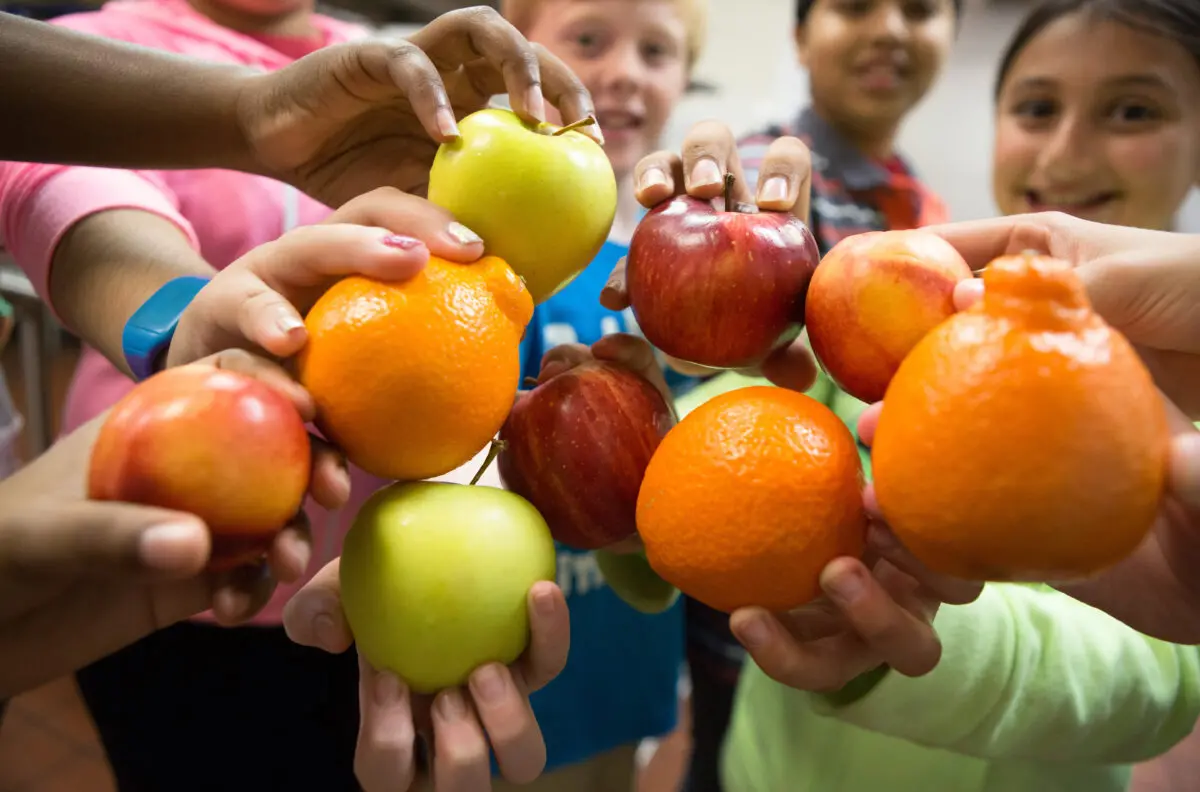To start, can you give us a quick overview of the Healthy Beverage Consumption in Early Childhood report that was released in September? Why is the report important?
These new guidelines outline what kids 0 to 5 should and should not drink. It’s important because beverages are a significant source of calories and nutrients in a young child’s diet. What children drink can have a big impact on their health in the long run, and many are not drinking healthy beverages. For example, many infants consume 100% juice before their first birthdays, which can increase their risk for nutrient deficiencies. Even more concerning is the consumption of sugar-sweetened beverages, with close to half of 2-to-5-year-olds consuming one every day, can increase a child’s risk for obesity, diabetes, and other health problems.
To ensure kids grow up healthy we must establish healthy patterns early on. The drink guidelines in this report can help parents and caregivers do that.


